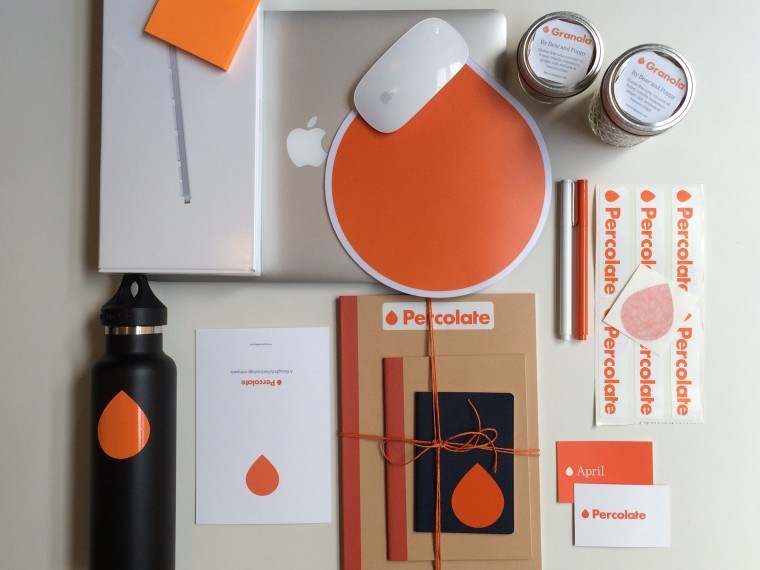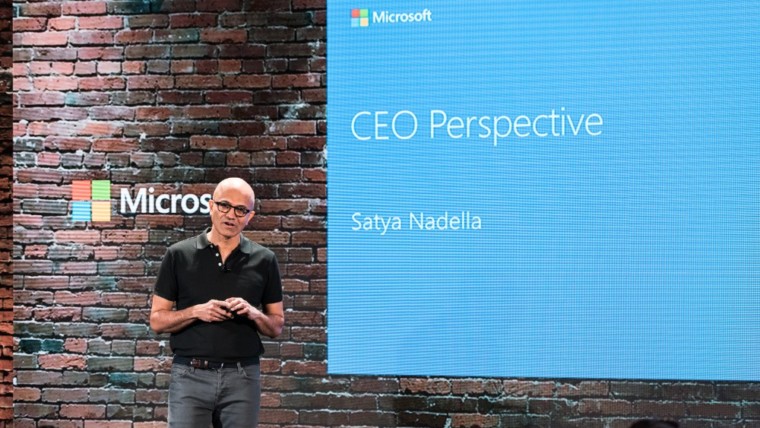“Your first week at a company has an outsized impact on how you feel about the organization, how you get yourself ramped up and how effective you will be,” says Percolate Co-founder Noah Brier. Thoughtfully designed and crafted by many Percolators, Brier thoroughly outlined the company’s one-week onboarding process:
- Each new hire receives a welcome email (from a designated buddy) and a welcome package—all within 48 hours of signing the offer letter. The buddy serves as someone who can answer any questions they have during job orientation.
- Remote hires get a free trip to HQ in New York. While this practice may not continue forever, for now, Percolate emphasizes the idea of exporting culture.
- The new hire gets access to email and a full schedule of their first two days. This happens the Friday before their first week. They also get their tasks for the first week on Asana.
- On their first Monday, new hires:
- Get their desk, laptop, monitor, and stationery.
- Are introduced in their weekly kick-off meeting.
- Get free headshots.
- Receive a “Day One Document”, which summarizes the company’s culture (similar to Zappos’ culture book).
- Send out an introduction email to the entire company, preferably with an embarrassing photos of themselves.
- Each department presents to new Percolators. To get comprehensive exposure to every team, new hires meet with People Operations, IT, Sales, Design, Marketing, and Product Management
- At the last new hire meeting, Brier shares Percolate’s history, philosophy, and company culture. “When it comes to your message—and certainly mission, vision, and values—repeat yourself until you think you sound like a broken record. Then start repeating yourself some more.”
- In between meetings, sessions are scheduled to integrate new hires with other Percolators. Sessions include a coffee session, an office tour, and a lunch. This is so every Percolator has the chance to connect with someone casually.
Image courtesy of Jason Shen
Published February 10, 2016








The Evolutionary Edge
Every Link Ever from Our Newsletter
Why Self-Organizing is So Hard
Welcome to the Era of the Empowered Employee
The Power of “What If?” and “Why Not?”
An Adaptive Approach to the Strategic Planning Process
Why Culture/Market Fit Is More Important than Product/Market Fit
Group Decision Making Model: How to Make Better Decisions as a Team